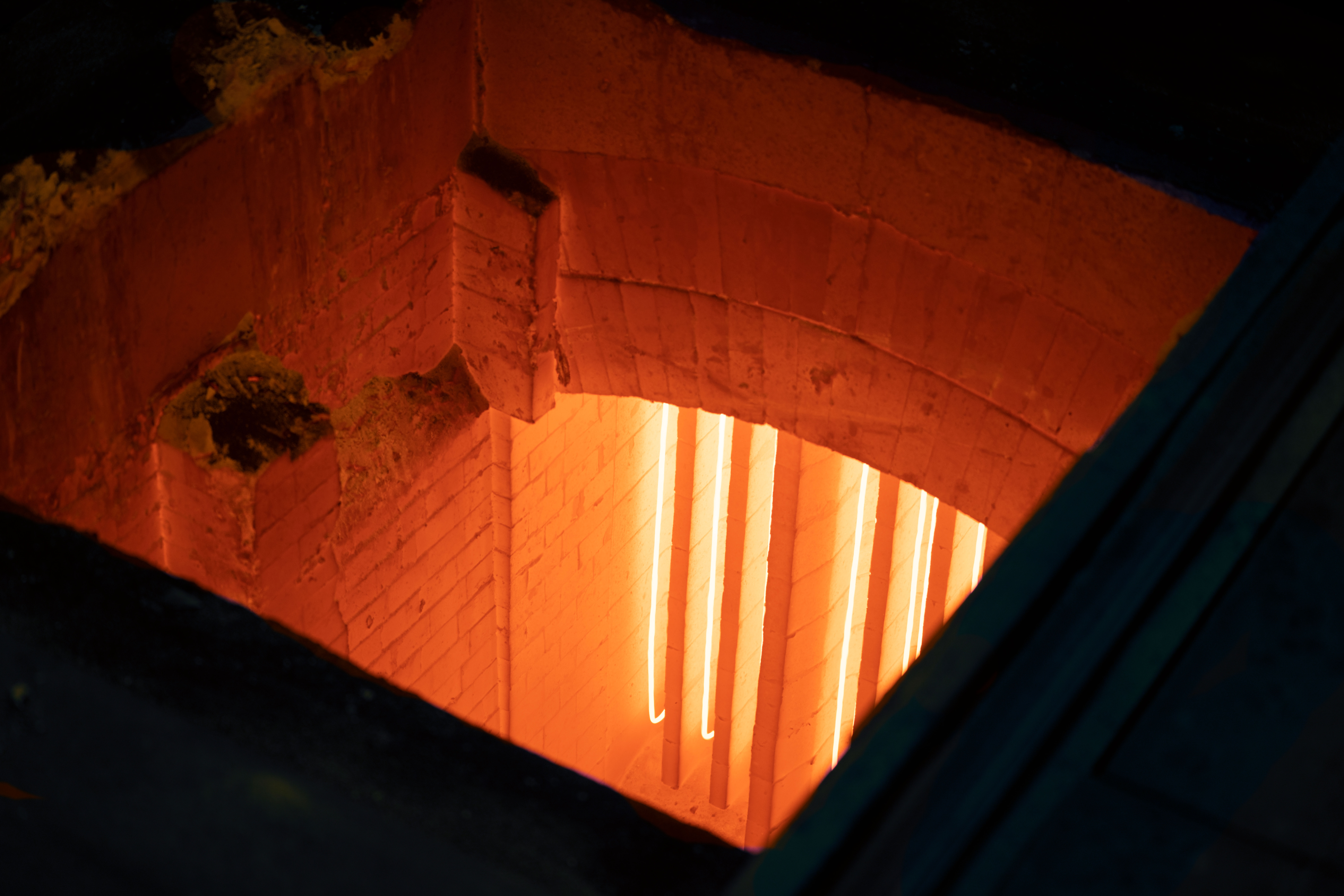“I annoy different industries daily,” says Michael Barnard with a laugh. Barnard is a renowned decarbonization expert, podcast host, and adviser who provides global insights and expertise in clean energy for sustainable decision-making. Motivated by the goal of addressing climate change and guided by empirical reality, physics, and economics, he has a diverse background. It encompasses global technology, extensive experience in designing complex technical systems, and expertise in organizational transformation.
As his career traversed various domains, he gained a unique perspective that eludes those confined to traditional industry roles with a narrow focus on a specific sector. “By being outside those industries, I’m not subject to one of the cognitive biases known as groupthink", he says. "This allows me to analyze and address climate problems independently. I delve into understanding the scale and magnitude, explore the purported solutions, and use basic science to identify the most likely ones.”
For the industrial heat industry, the future is electrification.
Having dedicated time to studying heat management in industrial spaces, he has gained insights into what approaches are practical, what are not, and what lies ahead. “Many people live in a two-year technological bubble; looking ahead to 2035 is challenging", he says. "This is why I help people look well into the future so they can predict where we will be. For the industrial heat industry, the future is electrification.”
Extreme Temperatures and Cognitive Biases
Approximately 45 percent of industrial heat requirements fall below the threshold of 200-degrees Celsius, Barnard says, and commercially available heat pumps can meet this demand. This is a remarkable development since a heat pump, powered by a single unit of electricity, can transfer three units of heat from the surrounding environment.
 Pit furnaces in steel production is one heating process that can be run on electricity instead of gas.Steel, aluminum, and glass production require incredibly high temperatures, ranging from 1,200 to 3,000 degrees Celsius. However, the notion that we must rely on combustion must be corrected.
Pit furnaces in steel production is one heating process that can be run on electricity instead of gas.Steel, aluminum, and glass production require incredibly high temperatures, ranging from 1,200 to 3,000 degrees Celsius. However, the notion that we must rely on combustion must be corrected.
“Electric arc furnaces offer a solution by harnessing immense amounts of energy flowing across a gap, enabling us to reach those extreme temperatures", Barnard says. "There are electric-based solutions for every component of industrial heat, prompting the question of which solutions are most viable. For instance, Kanthal offers resistance heating like the coil burners on older stoves. Additional alternatives encompass microwave heating, the electromagnetic spectrum, infrared technology, and gas plasmas.”
So, if the heating industry will run on electrons in the future, why aren’t we harnessing their power already? A couple of years ago, Barnard delved into demand and supply curves for areas like "hydrogen demand until 2100" and "grid storage projections until 2060". During that time, he saw that cost concerns were an obstacle to industrial heat decarbonization, but a cognitive bias is the biggest hindrance to embracing the available solutions.
“Imagine you are the manager of an industrial facility burning significant amounts of natural gas", he says. "The imperative is to address its climate impact. While the instinct may be to replace one molecule with another, stepping back and considering alternatives is crucial. Unfortunately, within the confined industry tribal bubble, conversations about decarbonizing by switching to electric rarely happen.”
Overcoming Barriers to Electrification
Another factor to consider is capital expenditure. “Cement plants, with their high costs of around 500 million US dollars and a lifespan of 60 years, are not easily replaced on a whim", Barnard says. But alternate approaches to decarbonizing cement production exist, such as employing electric heat for cement kilns and even electro-chemical cement manufacturing methods.”
The investment in existing infrastructure often becomes a sunk cost, making avoiding the sunk cost fallacy essential. It is crucial to recognize that the money has already been spent and to shift focus toward determining the optimal path forward. He emphasizes that capital expenditure strategies should prioritize maximizing the potential of existing assets.
In cement plants, opportunities for retrofitting emerge, such as replacing heat sources under the limestone kiln with electric ones and capturing CO2 from the limestone. Decarbonization efforts can also involve replacing fossil methane with biologically sourced methane in cement clinker production, leveraging the potential of three different technologies.
In addition, using natural gas may appear more cost-effective, but introducing carbon pricing provides a compelling solution. “The EU's progress in eliminating exemptions and implementing carbon pricing has created a level playing field for manufacturers", Barnard says. "This shift has made industrial electrification economically advantageous over continued reliance on natural gas, aligning practices with sustainability goals.”
The alignment of fiscal considerations, climate requirements, available technology, and the strengthening electricity grid signals a promising future. By adopting a strategic perspective for 2035 rather than focusing solely on immediate outcomes, prioritizing electrons as the energy source becomes a logical choice. It is imperative to develop comprehensive industrial decarbonization roadmaps for every plant, Barnard stresses.
“While barriers exist for complete electrification, they are not technology related", he says. "The potential to accomplish all industrial processes with electricity is within reach. However, progress will occur in fits and starts, and the energy mix will evolve.”